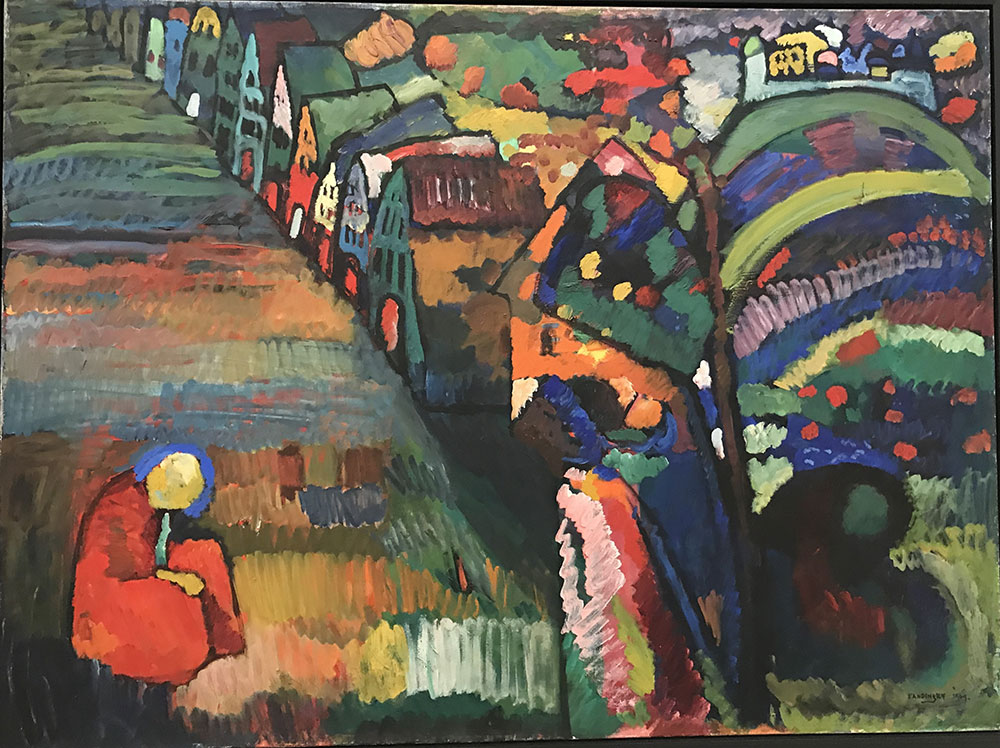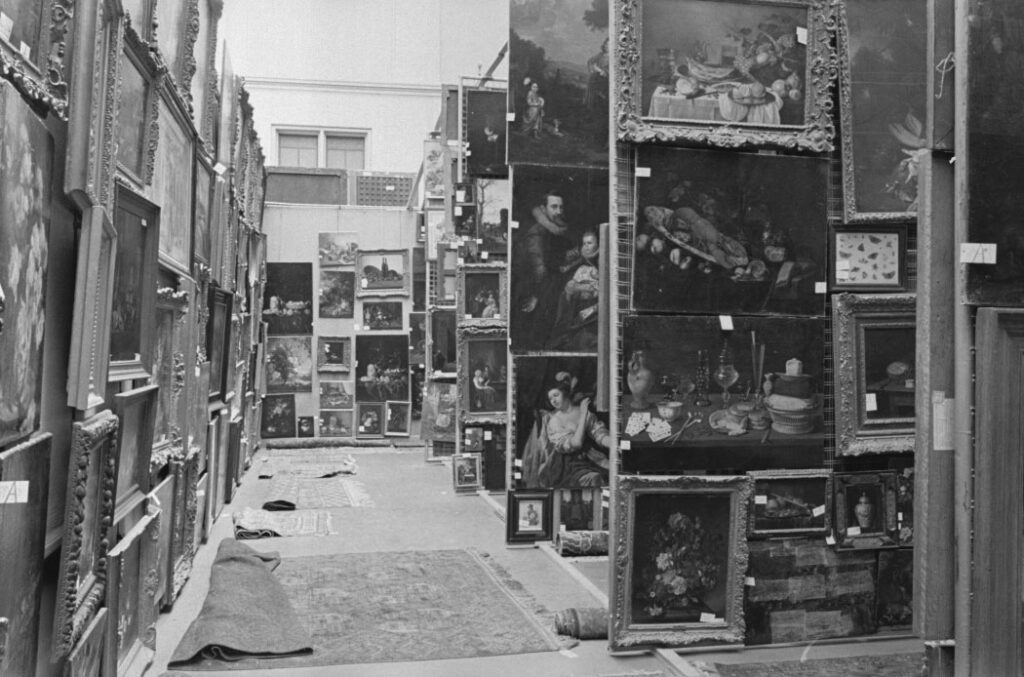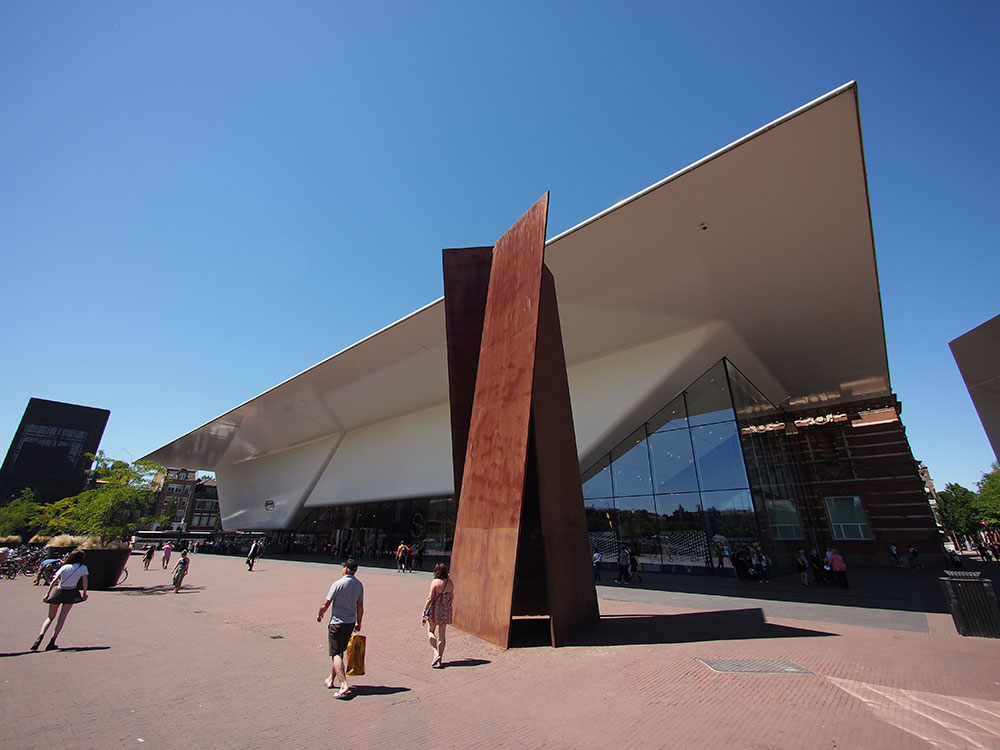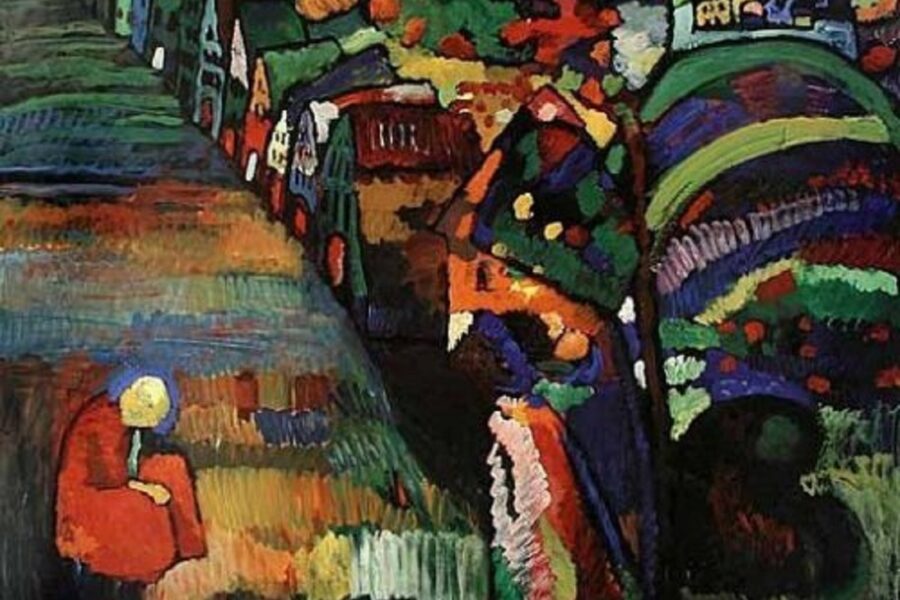A review commissioned by the Dutch culture minister found that the country’s art restitution panel showed too little empathy to victims of Nazi aggression and sided too often with museums.

December 7, 2020, by Nina Siegal — Excerpt
“AMSTERDAM — For years, the Netherlands was heralded as a leader in the effort to remedy the injustice of Nazi looting during World War II. It was praised for taking action to research stolen art and return it to its rightful owners.”
“But that reputation has been eroding over the last decade as a government panel that handles claims from victims and their heirs, the Dutch Restitutions Commission, has drawn criticism for decisions that some viewed as petty and unsympathetic.”
“Now, a committee convened by the minister of culture to assess the Restitutions Commission’s track record has concluded in a report issued Monday that the Dutch had essentially moved in the wrong direction.”
“…the findings were provocative enough that two of the panel’s seven members, including its chairman, immediately resigned.”
“At the center of the controversy is a policy adopted by the restitution panel in 2012 to “balance the interests” of claimants against those of museums.”
“…after considering the “balance of interests,” the Dutch restitution panel in recent years has denied some claims, with the justification that the painting, sculpture or object in question had become more important to museums than to heirs.”
“Monday’s report recommends doing away with the “balance” test. It says the restitution panel needs to become “more empathic” and “less formalistic” in its responses to claims.”
“The “balance of interests” policy has been widely criticized by international restitution experts, including Stuart E. Eizenstat, an adviser to the State Department and one of the architects of the Washington Principles, an international agreement that in 1998 established guidelines for countries on handling artworks looted during World War II.”

“More recently, in 2018, the Restitutions Commission rejected a claim for a Wassily Kandinsky “Painting with Houses,” which was sold by its Jewish owners in 1940, as they tried to escape the Netherlands after the Nazi invasion. The panel questioned whether the painting had truly been sold under duress created by the Nazis, versus other financial problems that predated the invasion, and ruled that the “heir has no special bond with it,” whereas “the work has a significant place in the Stedelijk Museum’s collection.””
“James Palmer, the founder of the Mondex Corporation, an art restitution company that represents the claimants in the Kandinsky case, said that decision reflected, “the controlled and biased organization that is designed to retain artworks and other cultural artifacts and to blatantly ignore the claims of Holocaust victims.””

This is an excerpt from this New York Times article. Full article through this link: https://www.nytimes.com/2020/12/07/arts/netherlands-looted-art-report.html?searchResultPosition=32


